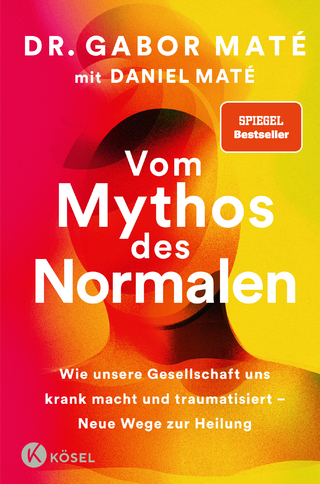
Bioprediction, Biomarkers, and Bad Behavior
Oxford University Press Inc (Verlag)
978-0-19-984418-0 (ISBN)
Many decisions in the legal system and elsewhere depend on predictions of bad behaviors, including crimes and mental illnesses. Some scientists have suggested recently that these predictions can become more accurate and useful if they are based in part on biological information, such as brain structure and function, genes, and hormones. The prospect of such bioprediction, however, raises serious concerns about errors and injustice. Can biological information significantly increase the accuracy of predictions of bad behavior? Will innocent or harmless people be mistakenly treated as if they were guilty or dangerous? Is it fair to keep people in prisons or mental institutions longer because of their biology? Will these new instruments of bioprediction be abused in practice within current institutions? Is bioprediction worth the cost? Do we want our government to use biology in this way? All of these scientific, legal, and ethical questions are discussed in this volume. The contributors are prominent neuroscientists, psychologists, sociologists, philosophers, ethicists, and legal scholars. This volume will interest everyone with hopes that bioprediction will solve problems or fears that bioprediction will be applied unjustly.
IAS: Methodology Institute, London School of EconomicsWA-S: Chancey Stillman Professor of Ethics and Professor of Kenan Institute for Ethics, Duke UniversityJS: Oxford Uehiro Centre for Practical Ethics, Oxford University
Foreword ; Philip Campbell ; Contributors ; 1. Introduction: Deviance, classification and bio-prediction ; Ilina Singh and Walter Sinnott-Armstrong ; 2. Behavioural Biomarkers: What Are They Good For? Towards the Ethical Use of Biomarkers ; Matthew Baum and Julian Savulescu ; 3. Bioprediction in Youth Justice ; Charlotte Walsh ; 4. The Inclusion of Biological Risk Factors in Violence Risk Assessments ; John Monahan ; 5. Bioprediction in Criminal Cases ; Christopher Slobogin ; 6.The Limits of Legal Use of Neuroscience ; Colin Campbell and Nigel Eastman ; 7. Rethinking the Implications of Discovering Biomarkers for Biologically-Based Criminality ; Paul Root Wolpe ; 8. MAOA and the Bioprediction of Antisocial Behavior: Science Fact and Science Fiction ; Joshua W. Buckholtz and Andreas Meyer-Lindenberg ; 9. Genetic biomarker research of callous-unemotional traits in children: Implications for the law and policy making ; Essi Viding and Ewan McCrory ; 10. The neural code for intentions in the human brain ; John Dylan-Haynes ; 11. Biomarkers: Potential and challenges ; Michael Rutter ; 12. Neuroimaging-based Automatic Classification of Schizophrenia ; Vince D. Calhoun and Mohammad R. Arbabshirania
| Erscheint lt. Verlag | 28.11.2013 |
|---|---|
| Reihe/Serie | Oxford Series in Neuroscience, Law, and Philosophy |
| Verlagsort | New York |
| Sprache | englisch |
| Maße | 239 x 160 mm |
| Gewicht | 621 g |
| Themenwelt | Geisteswissenschaften ► Psychologie ► Persönlichkeitsstörungen |
| Naturwissenschaften ► Biologie ► Humanbiologie | |
| Naturwissenschaften ► Biologie ► Zoologie | |
| Recht / Steuern ► Arbeits- / Sozialrecht ► Sozialrecht | |
| Recht / Steuern ► EU / Internationales Recht | |
| Sozialwissenschaften ► Soziologie | |
| ISBN-10 | 0-19-984418-6 / 0199844186 |
| ISBN-13 | 978-0-19-984418-0 / 9780199844180 |
| Zustand | Neuware |
| Informationen gemäß Produktsicherheitsverordnung (GPSR) | |
| Haben Sie eine Frage zum Produkt? |
aus dem Bereich


